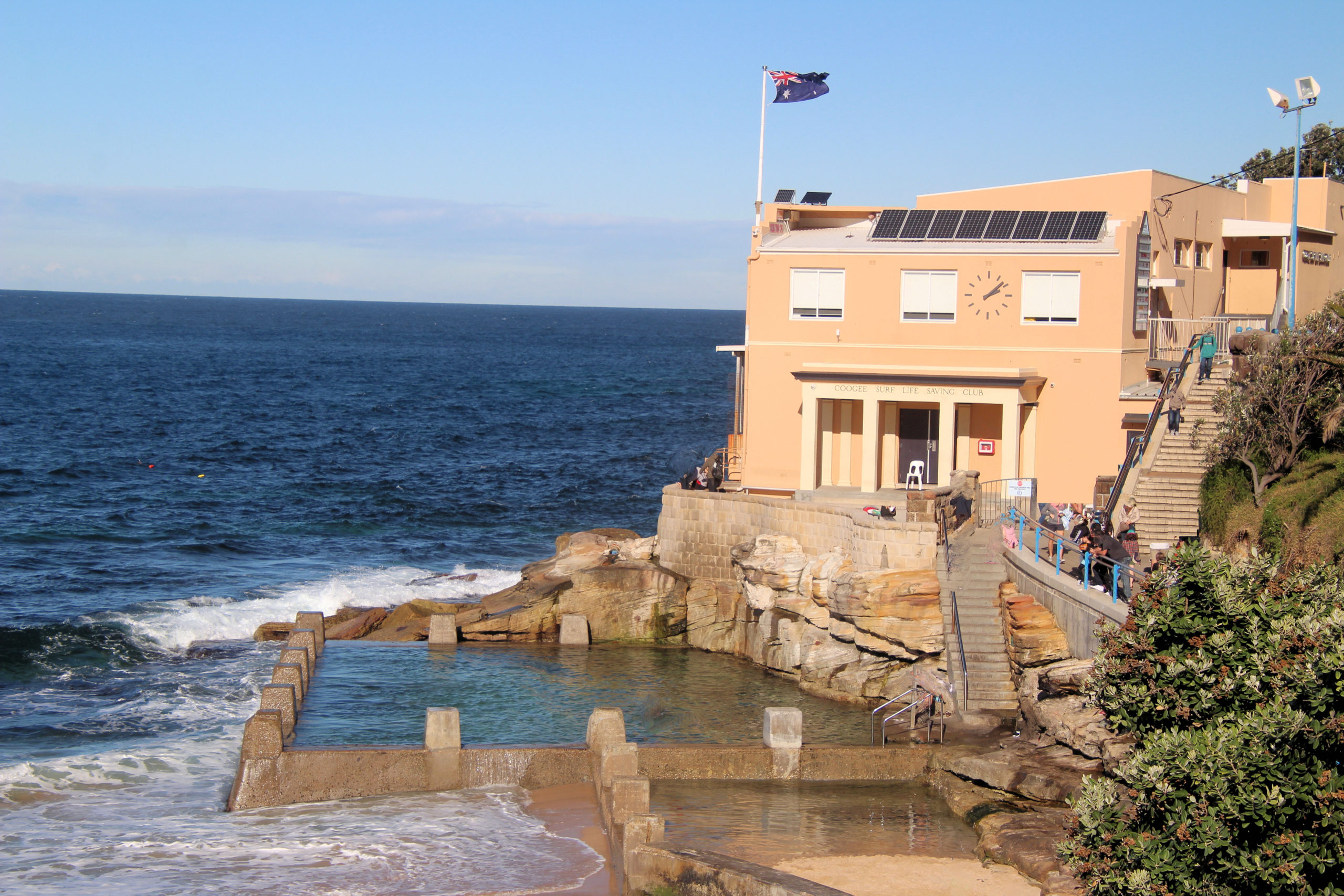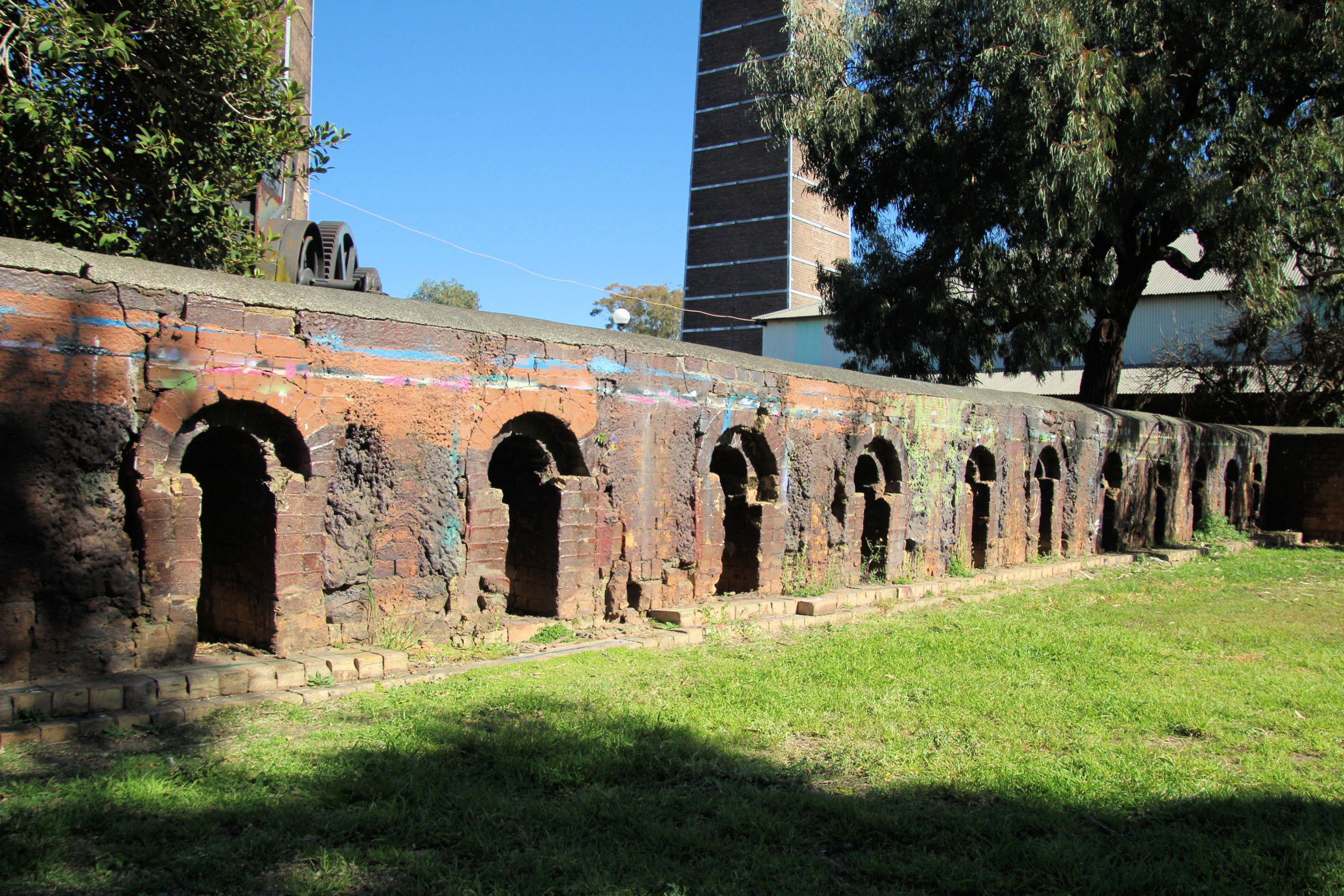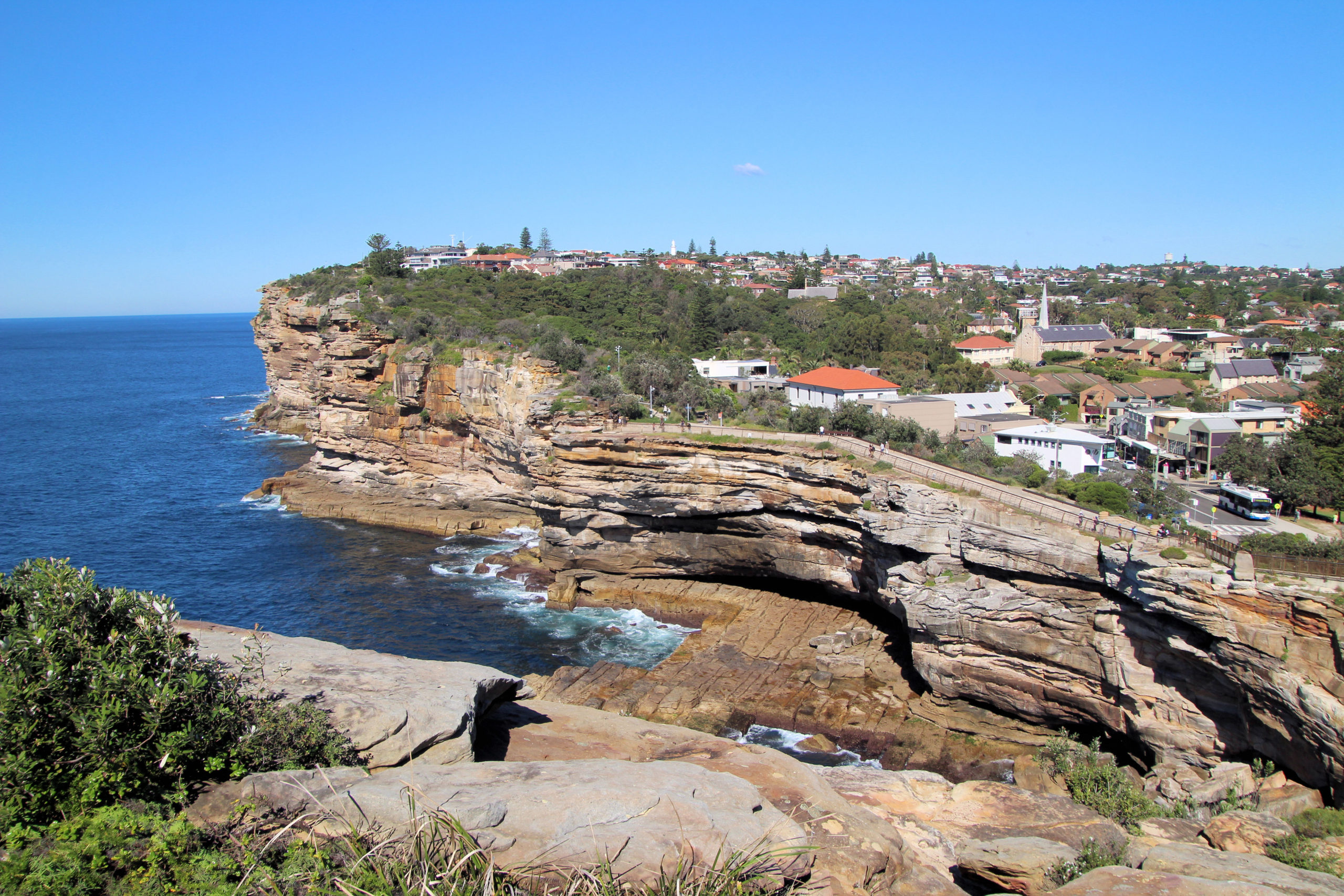Tag: Sydney
-
Coogee Sydney New South Wales Australia

An easy half-hour walk south from Coogee Beach will take you past some interesting rock pools and memorials. How to Get to Coogee A small car park at Coogee Beach is often full, so finding a spot to park in one of the surrounding streets might be needed. On a busy weekend, or school holidays,… Read more
-
Sydney Park and Old Brick Works

Sydney Park Originally a landfill site and the location of a brickworks, Sydney Park is now a beautiful public space because of its landscaped gardens, meandering paths and wetlands. A total of 40Ha of ugly landfill was transformed into beautiful parkland, making it a wonderful place to relax and let the kids run around. With… Read more
